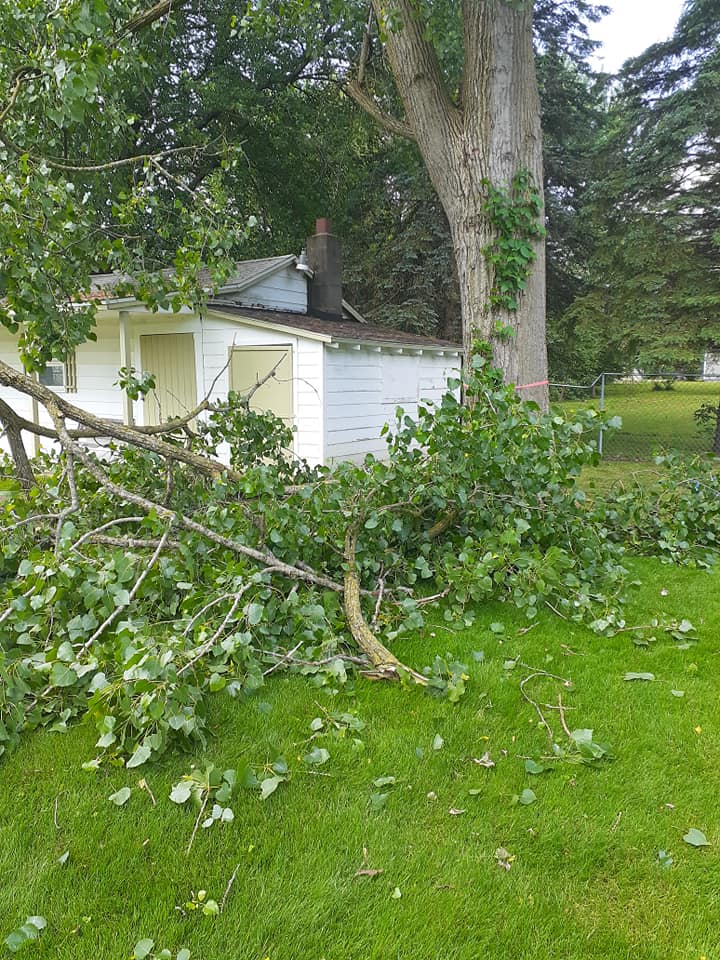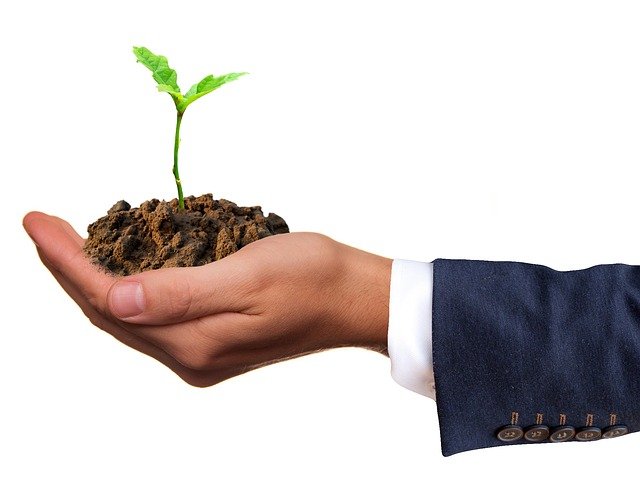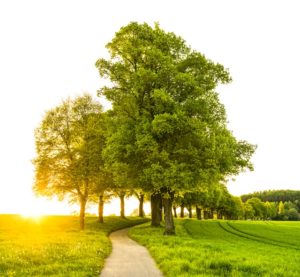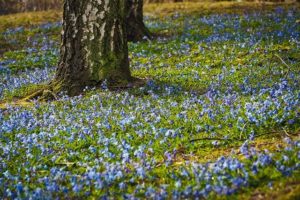This snippet has been taken from “Tree for the Yard and Garden” by “John Cushnie”. Trees grow on you with the help of sun, water and nutrients for survival. “Emergency Tree Removal Service” educates you on various ways to grow trees.
The numbers in parentheses indicate the hardiness zones.
A tree isn’t just for a season: it’s for life. With care and attention, most trees should have a long life-some of them will outlive not only you but your grandchildren as well. They are always growing, even though in later years this is less noticeable. Before buying, take the trouble to check out a mature version of the tree you plan to buy- at a park or public garden. Then you will know what yours is going to look like in the fullness of time. The planting site must be selected with thought to the future and the ultimate size of the tree. Will it become too large for the space, cast shade, block a view, annoy neighbours, or be a danger to property?

The ultimate spread of branches and roots will have a bearing on your choice of position. The spread on either side of the trunk of a mature chestnut may be as much as 66ft. on a lesser scale, cherry tree roots will work their way to the surface, damaging lawns and making mowing difficult. Where the landscape design calls for more than one tree, plant them sufficiently far apart to prevent them growing into one another, which would spoil their shape. The exception to this rule is when the end result is to be a shelter belt or windbreak, which would spoil their shape. The exception to this rule is when the end result is to be a shelter belt or windbreak, in which case close spacing is to be encouraged, allowing the branches of individual trees o intertwine and filter out the wind.
The tree’s site will affect the level of maintenance. If planting in grass, keep a 2-3ft circle around the base of the tree free from weeds and grass to prevent competition for water and nutrients. This will also reduce the risk of the base of the trunk being damaged by the lawnmower or strimmer. In any case, in later years the head of the tree will cast shade and the soil underneath will be dry, making it difficult to grow anything .
The juxtaposition of trees and dwelling is often over-emphasized. Most of the smaller garden trees may be planted beside modern properties with no risk from roots or branches, thought poplar and willow do have roots that travel far and wide, damaging, pipe work and old, weak foundations.
More serious causes for concern are the problems of shrinkage and heave which are particularly prevalent on clay soil, if roots absorb too much of the available moisture, the underlying clay shrinks, causing foundations to settle. If the trees are then felled, more moisture is left in the ground, allowing the clay to expand and lift the foundations. I would recommend that, on a heavy, plastic clay soil, you avoid planting trees such as poplars which will eventually have a large, aggressive root system. Where such mature trees exist, they should-give the choice-be removed before construction, rather than after the house has been built.
When looking at a majestic specimen tree it is worth remembering that it started life in a small way and was, for many years, vulnerable to the ravage of pests, diseases, larger animals, and even man. As the years progressed and the tree grew sufficiently large to withstand most pests it became more dependent on soil type, nutrients, and water, all of which were sourced by its roots. These had to travel deep and wide through soil undisturbed since the ice age. Yes, it’s true that large oaks from small acorns grow-but many don’t make it.
Soil

Some species of trees are fussy regarding soil type, preferring acid, alkaline, wet, dry, or whatever .Others are more obliging and thrive in a range of conditions. Birch, for instance, will succeed in acid or alkaline soil, clay or peat.
Some species will do well no matter how inhospitable the soil and climatic conditions. That is not to say that conditions shouldn’t be improved. I recommend adding humus to soil in the form of rotted farmyard manure, compost, leaf mold or composted bark mulch. This will open up the worst clay or help to retain moisture in a free draining soil. Bone meal may be added along with the manure or compost. This is a slow release fertilizer that becomes available to the tree through the roots over a period of months.
Trees don’t have “off days’’- this horse chestnut (Aesculus hippocas-tanum ‘Baumannii’) is magnificent even in the depths of winter.
Continue reading on Topiary


